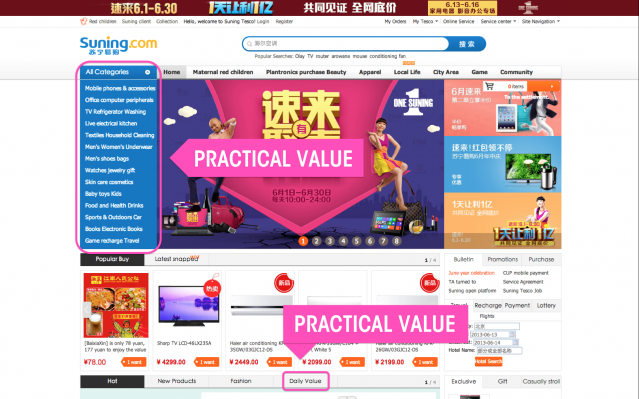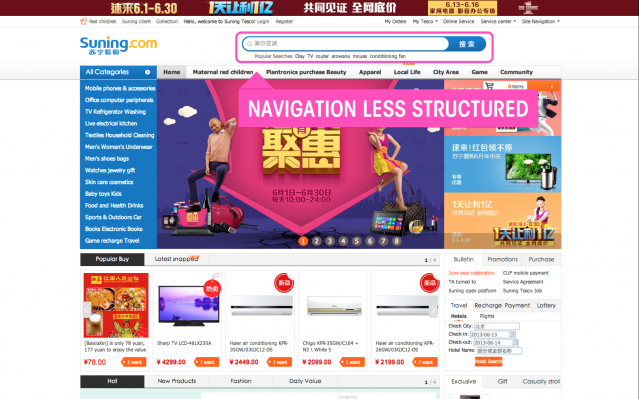Creativity
How to Sell Online to Short- vs Long-Term Cultures
Short- vs long-term orientation: How to leverage culture to sell more online.
Posted August 2, 2013

In my last post, we looked at the importance of culturability, “the relationship between culture and usability in WWW design” [1], and specifically, Uncertainty Avoidance [2], when designing online.
Professor Geert Hofstede spent over 40 years researching cultural dimensions, and this week we'll look at the fourth of these: Short- vs Long-Term Orientation.
What are Short- vs. Long-Term Oriented cultures?
According to this dimension, a country's tendency to be more short-term or long-term oriented is based on Confucian dynamism and the search for human truth. Its poles are grounded in whether we perceive truth to be relative or absolute [2].
A very Short-Term Oriented country (such as Spain) tends to live in the moment, valuing quick results and striving to keep up with the Joneses. These cultures also pursue personal fulfillment, and will seek out activities that enable creativity and self-actualisation.
In comparison, countries that are Long-Term Oriented (such as China) tend to value the acquisition of skills, a good education, hard work and perseverance. Patience and frugality are cherished values, and the family structure is seen as a social blueprint for the wider society.
So, how does Short- vs Long-Term Orientation express itself online? And how can you use this to your advantage?
5 web design tips for Short-Term Oriented cultures:
- Provide instant gratification and immediate access
- Use customer ratings
- Provide your customers with facts, evidence and certainty
- Reflect relevant social trends
- Offer rapid customer service
A great example of these principles in action is Chinese goods website, Next.co.uk:



5 web design tips for Long-Term Oriented cultures:
- Offer practical value, free materials
- Make content non time-critical, long-term
- Emphasise tradition, heritage, history
- Navigation can be less structured
- Take smaller recurring payments
A great example of these principles in action is UK clothing website, Suning.com:



Want to find out more?
If you're interested in finding out more, please come back in two weeks' time when we'll be looking at the final dimension, Indulgence vs Restraint.
...
[1] W. Barber and A. Badre (1998). Culturability: The merging of culture and usability. In Proceedings of the 4th Conference on Human Factors and the Web.
[2] G. Hofstede (2010). Cultures and Organizations: Software of the mind. Maidenhead: McGraw Hill.


